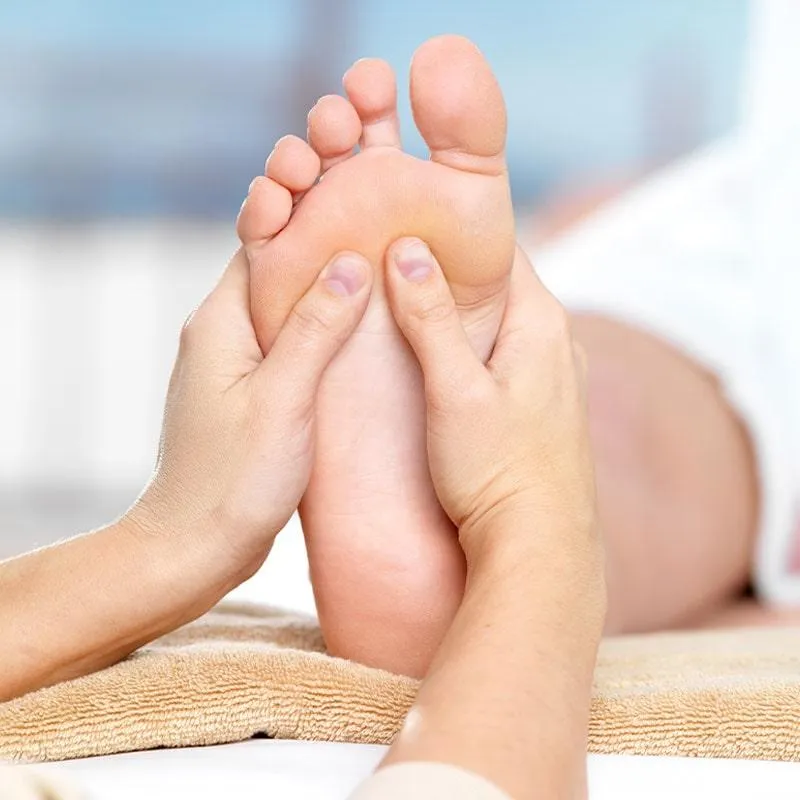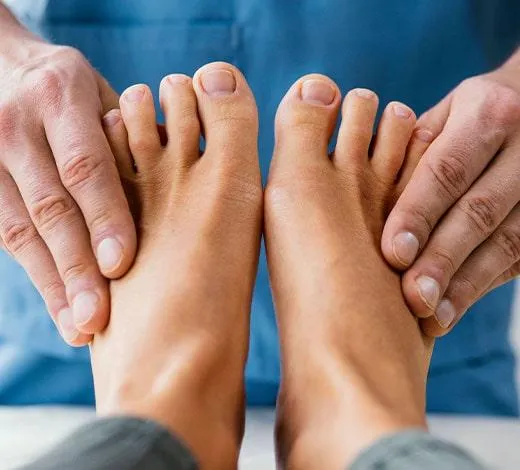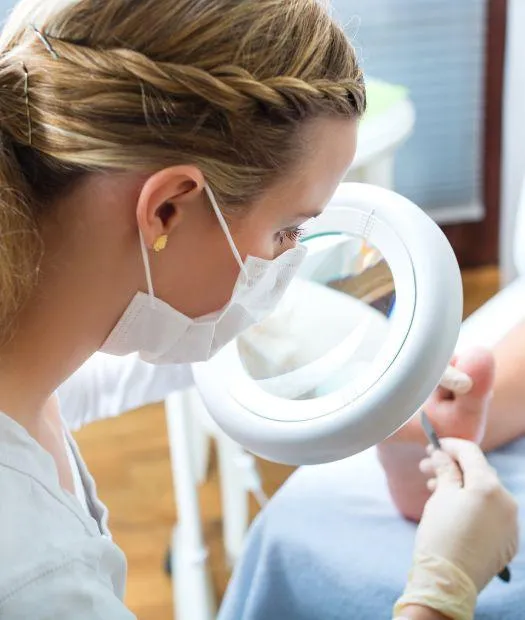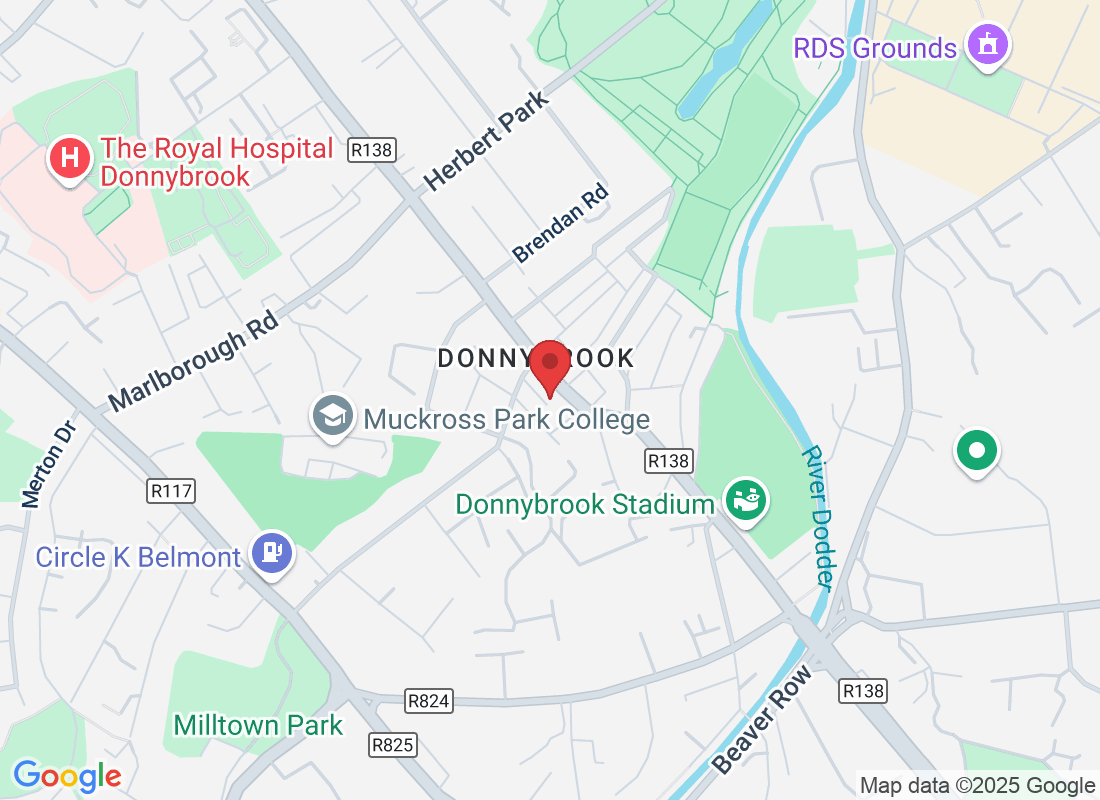
View our comprehensive range of treatment options offered at Mary Moore Podiatry



Plantar Fasciitis
Plantar fasciitis is a painful foot condition caused by inflammation of the plantar fascia, a thick band of tissue that runs across the bottom of the foot, leading to pain and stiffness in the heel and arch.

Foot Pain
Foot pain can refer to discomfort or soreness in any part of the foot, ranging from the toes to the heel. It can be caused by various factors such as overuse, medical conditions, or poorly fitting footwear.

Heel Pain
Heel pain is a common symptom that can result from a variety of underlying conditions, such as plantar fasciitis, heel spurs, or achilles tendonitis.

Orthotic Therapy
Custom orthotics are specialised shoe inserts that are designed to provide support, cushioning, and stability to the feet and ankles. They are custom-made to fit the specific shape and needs of an individual's foot and can help to alleviate foot pain and improve mobility.

Bunions
Bunions, or hallux valgus, are a common foot condition characterised by a bony bump at the base of the big toe, which can cause pain, swelling, and difficulty wearing shoes.

Knee Pain
Regain mobility and find lasting relief from knee pain with our specialised podiatry treatments and customised rehabilitation programmes.

Ankle Pain
Ankle pain is a prevalent ailment affecting the ankle joint. It arises from various causes, including injuries, strain, or underlying medical conditions. This discomfort can limit mobility, disrupt daily activities, and necessitate prompt assessment and treatment.

Achilles Tendonitis
Achilles tendonitis is the inflammation of the Achilles tendon, causing pain, swelling, and stiffness in the back of the lower leg. It commonly occurs due to overuse, injury, or repetitive strain, affecting the mobility and function of the affected leg.

Ankle Sprain
Ankle sprains, resulting from ligament stretching or tearing due to sudden twisting or impact, are painful injuries characterised by swelling and impaired mobility. Proper care and treatment are essential for recovery.

Ingrown Toenail
An ingrown toenail is a common condition in which the toenail grows into the skin surrounding the nail, leading to pain, redness, and swelling. It can be caused by improper nail trimming, tight shoes, or injury.

Fungal Nail Treatment
Our Fungal Nail Treatment is a groundbreaking solution for nail infections. Experience swift and effective nail restoration without the hassle. Bid farewell to fungal issues and welcome beautiful, healthy nails effortlessly.

SWIFT Verruca Removal
SWIFT is a non-invasive treatment for verrucas that uses microwave energy to destroy the affected tissue. This innovative technology allows for faster and more effective verruca removal with minimal discomfort and no scarring.
Before You Book Your Appointment, Here's Just a Handful of Our Patients Success Stories to Put Your Mind at Ease
4 Reasons To Choose Mary Moore Podiatry

Specialised Expertise: Our clinic offers specialised care from highly-trained podiatrist in various fields like sports rehab and chronic pain management.
Comprehensive Approach: We provide holistic treatment plans combining manual therapy, exercises, and cutting-edge technology for a well-rounded approach.
Cutting-Edge Facilities: Equipped with state-of-the-art facilities and advanced equipment to support patients' recovery.
Proven Track Record: Our clinic's reputation is built on successful patient outcomes and positive feedback, fostering a supportive environment for rehabilitation.

From Consultation to Treatment
What to Expect at Your First Podiatry Visit
We're excited to see you at your appointment! We want to make sure you feel comfortable and well-informed, so don't hesitate to ask us any questions about our treatments, our clinic, or even our payment options. Our goal is to help you get back to living your life free of pain, so let's work together to make that happen!
Discuss your foot health goals
Provide x-rays if required
Complete foot examination
Discover your options
Start a custom treatment plan


Our Clinic Locations
Glasnevin Clinic

If you have any questions before scheduling an appointment or for general inquiries, please use the contact us button below. Our team will promptly reach out to assist you.
Opening Hours
Monday: 8:30am - 7pm
Tuesday: 8:30am - 5pm
Wednesday: 8:30am - 6pm
Thursday: 8:30am - 7pm
Friday: 8:30am - 5pm
Saturday: Closed
Sunday: Closed
Donnybrook Foot Mechanics

If you have any questions before scheduling an appointment or for general inquiries, please use the contact us button below. Our team will promptly reach out to assist you.
Opening Hours
Monday: Closed
Tuesday: 9:30am - 5pm
Wednesday: 9:30am - 5pm
Thursday: Closed
Friday: Closed
Saturday: Closed
Sunday: Closed


